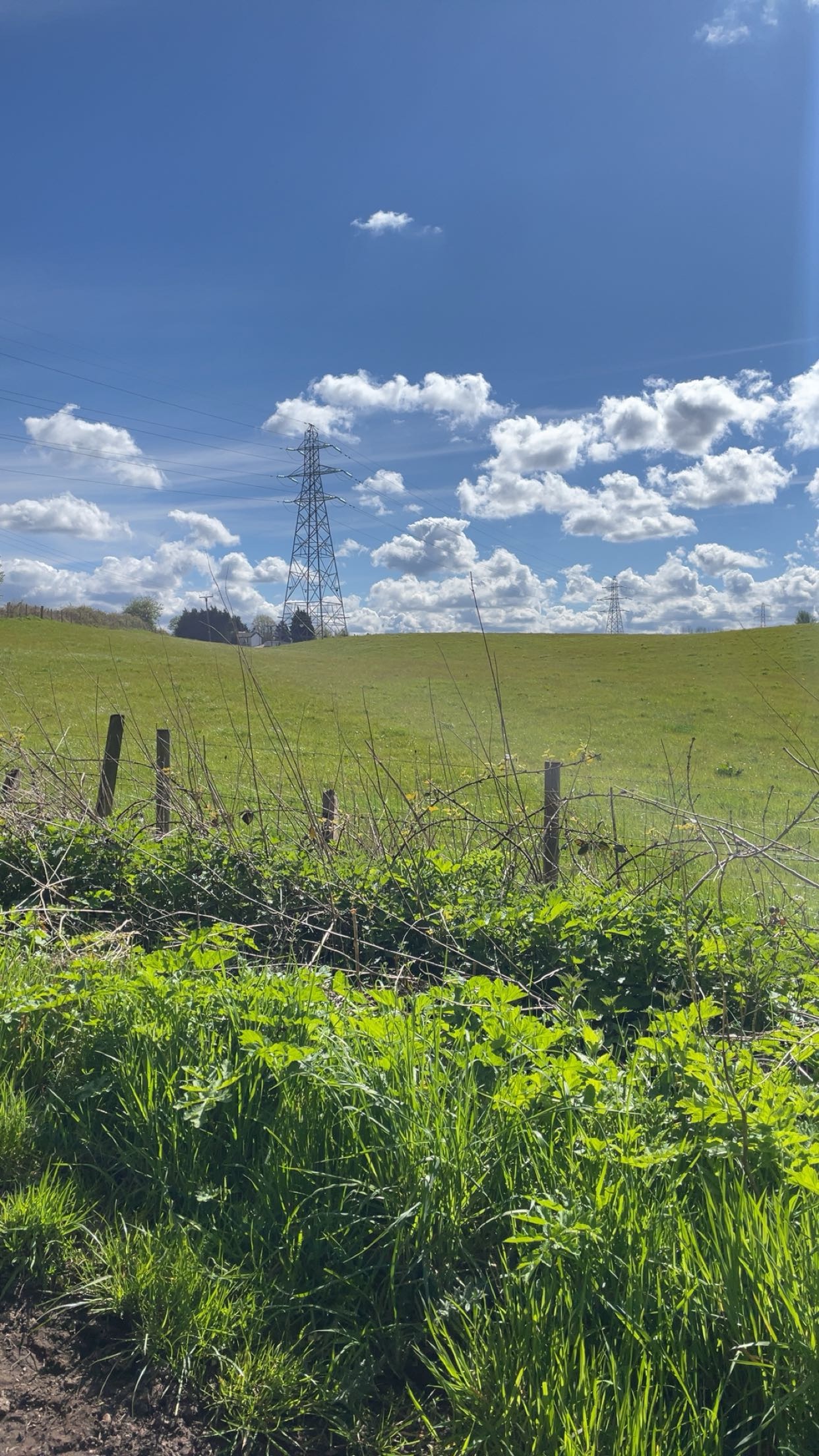8 - Chemical analysis
Cards (42)
- A formation is a mixture designed as a useful product.
- Pure - Single element/compound
- Purity - Measure of how pure something is
- An impure sample should have a higher boiling point, over a range.
- Chromatography - A method used to separate the dyes in an ink.
- Chromatography paper - Stationary phase, substances/molecules cannot move
- Solvent front - A pencil line where solvent reached. Measure distance from baseline.
- Beaker - Can add a lid to prevent evaporation of any liquid.
- Baseline - Drawn in pencil as it is insoluble.
- Solvent - Liquid that can dissolve substances. Mobile phase - Substances/molecules can move in it.
- Separated dyes - Spot has travelled further (more soluble). Spot has not moved (insoluble in that solvent).
- Inks to separate - Mixture of dyes, in one spot = pure. Any spots at the same height = same substance.
- Dyes travelled further = more attracted to the mobile phase.
- Dyes travelled less = More attracted to stationary phase.
- Rf = distance of spot / distance of solvent frontUsually in mm. Rf value is a number from 0 to 1 to show how far a spot has travelled compared to others.
- CHROMOTOGRAPHY PRACTICAL RQ
- Draw a pencil line horizontally at the bottom of the chromatography paper.
- Using a capillary tube place a small dot of each dye along the baseline
- Add solvent to the beaker and insert chromatography paper, making sure the solvent is partly submerging the bottom of the paper
- Wait for the solvent to travel up the paper and draw another pencil line marking the solvent front
- Dry the chromatography paper
- Calculate Rf value using the equation (insert equation)
- H2 test
- Add lit splint
- Squeaky pop noise/H2 ignites
- O2
- Add a glowing splint
- It relight
- CO2
- Bubble through limewater
- Should go cloudy
- Cl2
- Add damp litmus paper
- Bleached white
- 2 methods for testing for cations
- Flame
- NaOH
- FLAME TEST
- Doesn't work for mixtures of metals as colours mask each other.
- Use a nichrome wire (cleaned w/acid) or a damp splint, the compound is added to a blue flame and the colour change is observed.
- FLAME TESTLithium - Red/Crimson
- FLAME TESTSodium - Yellow-orange
- FLAME TESTPotassium - Lilac
- FLAME TESTCopper - Green
- FLAME TESTCalcium - Red-orange
- FLAME TESTStrontium - Red
- NaOH TEST
- Forms coloured precipitates (ppt)
- ppt = a solid in a solution
- Can test further using flame test
- NaOH testCu2+ = blue ppt
- NaOH testFe3+ = brown ppt
- NaOH testFe2+ = green ppt
- NaOH testMg2+, Zn2+, Al3+, Ca2+ = white pptHowever if further NaOH is added to Al3+, the ppt redissolves
- 3 types of anions
- Carbonate (CO3)
- Sulfate (SO4)
- Halide (Gr.7)
- LOOK IN BOOKLET FOR EQUATIONS!!
- CARBONATE
- Add acid to the carbonate compound to produce CO2
- Pass it through limewater, if it turns cloudy = CO2 is present
- SULFATE
- Add HCl to a sulfate, followed by BaCl2 (Barium Chloride)
- A white ppt is formed
- HALIDES
- Add HNO3 (Nitric acid) to a halide compound, followed by AgNO3 (silver nitrate) then coloured precipitates are formed
- Cl compound = white ppt
- Br compound = cream ppt
- I compound = yellow ppt
- Instrumental analysis - Using machines (spectrometers) to analyse compounds to find out information/composition.
- An example of instrumental analysis is Flame emission spectroscopy which is an alternate method to find metal ions in a solution.
